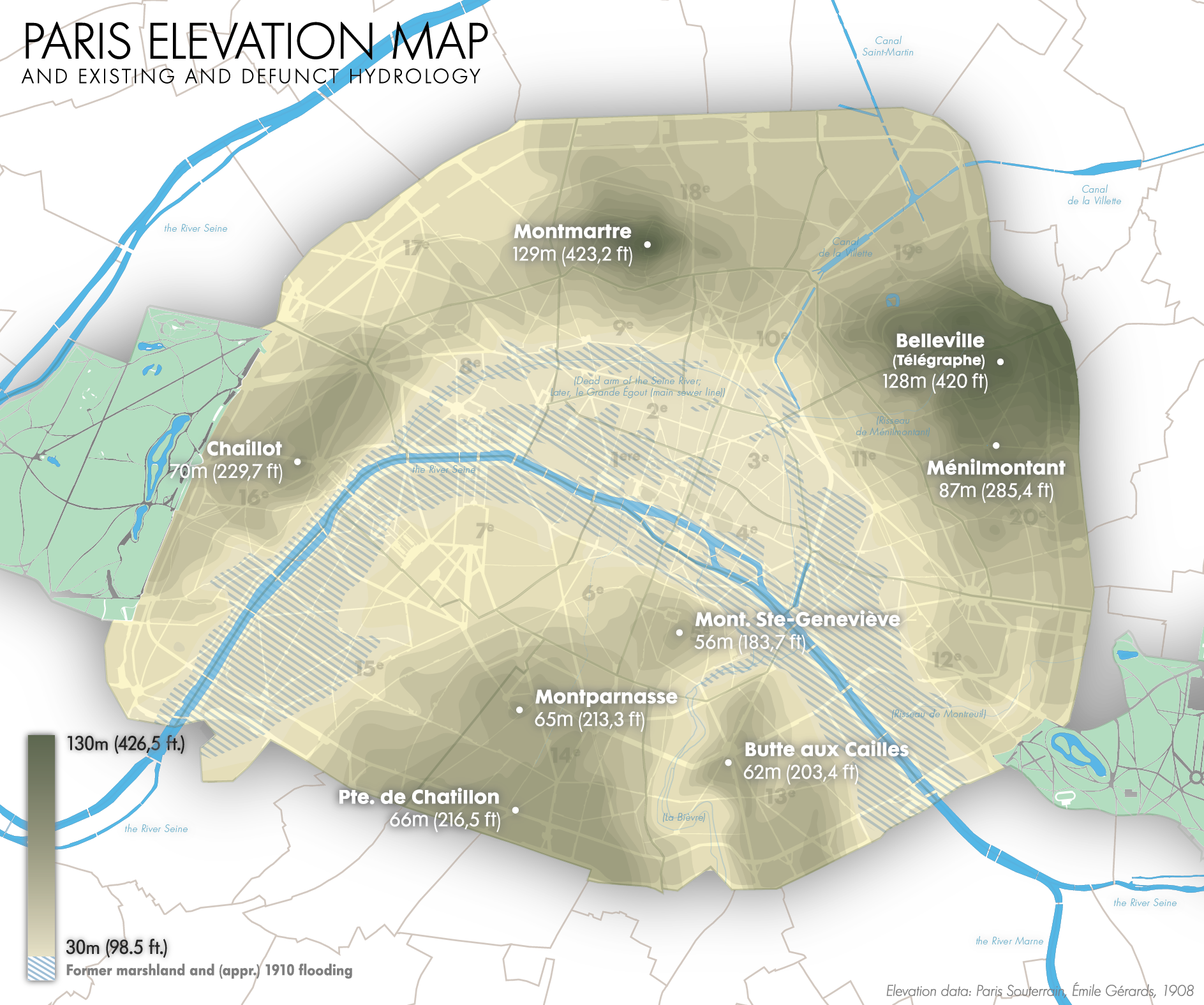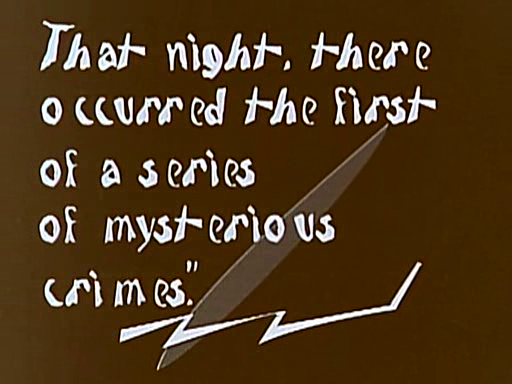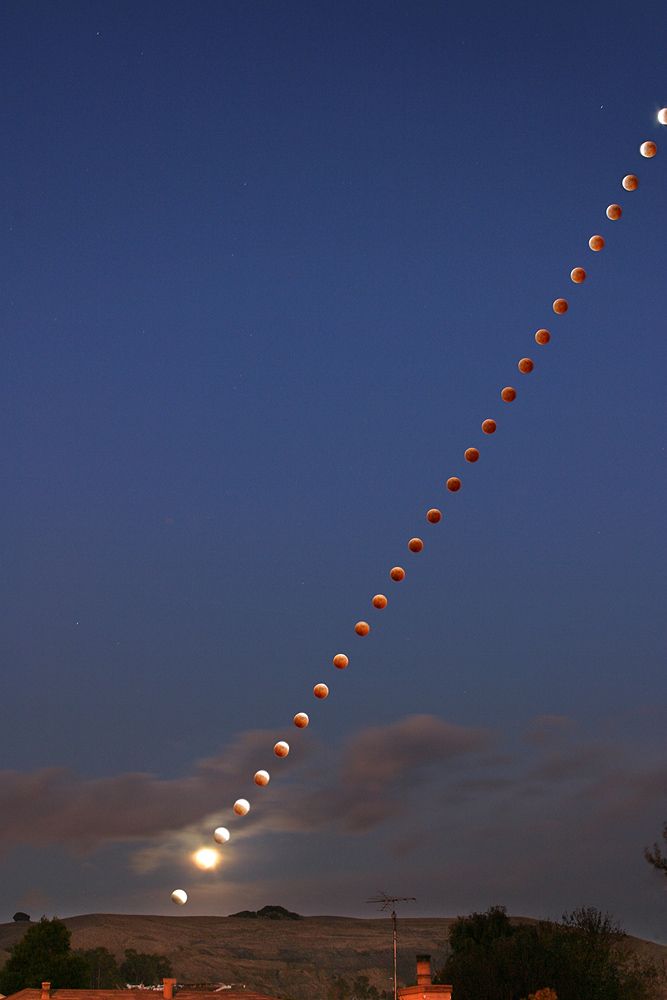|
Ménilmontant (1926 Film)
''Ménilmontant '' () is a 1926 film written and directed by Dimitri Kirsanoff that takes its name from the Paris neighborhood of the same name. Summary The film is silent and contains no intertitles. It begins with a flurry of quick shots depicting the axe murder of the parents of the protagonists, two sisters. As young women, they are portrayed by Nadia Sibirskaïa, Kirsanoff's first wife, and Yolande Beaulieu; their mutual love interest is played by Guy Belmont. Style Like many French silent avant-garde films, ''Ménilmontant'' uses a mixture of styles and techniques. The film also uses many techniques that were current at the time, including double exposure. The true achievement in the film, however, is in its radical editing, less ideological than the Soviet Russian films of the time, but equally powerful in its emotional effects. Reception Film critic Pauline Kael Pauline Kael (; June 19, 1919 – September 3, 2001) was an American film critic who wrote for ' ... [...More Info...] [...Related Items...] OR: [Wikipedia] [Google] [Baidu] |
Dimitri Kirsanoff
Dimitri Kirsanoff (, né Markus David Sussmanovitch Kaplan, Маркус Давид Зусманович Каплан; 6 March 1899 – 11 February 1957) was a Russian-French early film-maker working in France, sometimes considered part of the French Impressionist Cinema, French Impressionist movement in film. He is known for some poetic silent films which he made independently, especially the medium-length ''Ménilmontant (1926 film), Ménilmontant'', but he was less successful with commercial films in the sound era.''Dictionnaire du cinéma français'', [ed. by] Jean-Loup Passek. Paris: Larousse, 1987. p. 256. Early life Kirsanoff was born Markus David Sussmanovitch Kaplan on 5 March 1899 in Tartu (then Juryev), Estonia, then Russian Empire. Many of the facts about his early life have been difficult to verify, and different sources have lent support to alternative accounts. It seems that his parents were Lithuanian Jews who had come to Tartu in 1870. After the murder of his ... [...More Info...] [...Related Items...] OR: [Wikipedia] [Google] [Baidu] |
Nadia Sibirskaïa
Nadia Sibirskaïa (born Germaine Marie Josèphe Lebas, 11 September 1901 – 14 July 1980) was a French film actress.Sultanik p.263 She was married to the Russian-born director Dimitri Kirsanoff and appeared in several of his early films. Early life Germaine Lebas was the first child of a couple of shopkeepers from Redon. She had a difficult childhood; her father left home, and her mother did not follow the encouragement of the girl's teacher to send her to the Rennes Lycée. At 18, Germaine left Redon and moved to Paris, where she did odd jobs. While working as a sweeper at the Théâtre Mogador, she met David Kaplan, a young émigré from Estonia, which was then under the control of Bolshevik forces and the seat of serious political unrest. In Paris, young David, a cellist, was in high demand as a movie theater musician, and the young couple became involved in the world of cinema. Since the artistic world was strongly attracted by Russian culture at the time, David took the ... [...More Info...] [...Related Items...] OR: [Wikipedia] [Google] [Baidu] |
Silent Film
A silent film is a film without synchronized recorded sound (or more generally, no audible dialogue). Though silent films convey narrative and emotion visually, various plot elements (such as a setting or era) or key lines of dialogue may, when necessary, be conveyed by the use of inter- title cards. The term "silent film" is something of a misnomer, as these films were almost always accompanied by live sounds. During the silent era, which existed from the mid-1890s to the late 1920s, a pianist, theater organist—or even, in larger cities, an orchestra—would play music to accompany the films. Pianists and organists would play either from sheet music, or improvisation. Sometimes a person would even narrate the inter-title cards for the audience. Though at the time the technology to synchronize sound with the film did not exist, music was seen as an essential part of the viewing experience. "Silent film" is typically used as a historical term to describe an era of cinema p ... [...More Info...] [...Related Items...] OR: [Wikipedia] [Google] [Baidu] |
Ménilmontant
Ménilmontant () is a neighbourhood of Paris, situated in the city's 20th arrondissement. It is roughly defined as the area north of the Père Lachaise Cemetery, south of Parc de Belleville, and between ''Avenue Jean-Aicard'' on the west and ''Rue Pelleport'' on the east. The neighborhood includes an 87 m (285.4 ft) high hill, making it the third-highest neighborhood in Paris (after Montmartre and neighboring Belleville). Throughout much of the Middle Ages, what is now known as Ménilmontant was a rural hilltop hamlet within the independent commune (municipality) of Belleville, where wealthy Parisians vacationed. By the 19th century, as a result of the Industrial Revolution and urbanization, Ménilmontant quickly grew to include a large immigrant and working-class population, and in 1860, it was, like other suburbs surrounding the French capital, annexed into the city of Paris. By the mid-late 20th century, many artists, musicians, students, and hippies began to move into ... [...More Info...] [...Related Items...] OR: [Wikipedia] [Google] [Baidu] |
Silent Film
A silent film is a film without synchronized recorded sound (or more generally, no audible dialogue). Though silent films convey narrative and emotion visually, various plot elements (such as a setting or era) or key lines of dialogue may, when necessary, be conveyed by the use of inter- title cards. The term "silent film" is something of a misnomer, as these films were almost always accompanied by live sounds. During the silent era, which existed from the mid-1890s to the late 1920s, a pianist, theater organist—or even, in larger cities, an orchestra—would play music to accompany the films. Pianists and organists would play either from sheet music, or improvisation. Sometimes a person would even narrate the inter-title cards for the audience. Though at the time the technology to synchronize sound with the film did not exist, music was seen as an essential part of the viewing experience. "Silent film" is typically used as a historical term to describe an era of cinema p ... [...More Info...] [...Related Items...] OR: [Wikipedia] [Google] [Baidu] |
Intertitle
In films and videos, an intertitle, also known as a title card, is a piece of filmed, printed text edited into the midst of (hence, ''inter-'') the photographed action at various points. Intertitles used to convey character dialogue are referred to as "dialogue intertitles", and those used to provide related descriptive/narrative material are referred to as "expository intertitles". In modern usage, the terms refer to similar text and logo material inserted at or near the start or end of films and television shows. Silent film era In the silent film era, intertitles were mostly called "subtitles", but also "leaders", "Caption (text), captions", "titles", and "headings", prior to being named intertitles, and often had Art Nouveau, Art Deco motifs. They were a mainstay of silent films once the films became of sufficient length and detail to necessitate dialogue or narration to make sense of the enacted or documented events. ''The British Film Catalogue'' credits the 1898 film ''Our ... [...More Info...] [...Related Items...] OR: [Wikipedia] [Google] [Baidu] |
Multiple Exposure
In photography and cinematography, a multiple exposure is the superimposition of two or more exposures to create a single image, and double exposure has a corresponding meaning in respect of two images. The exposure values may or may not be identical to each other. Overview Ordinarily, cameras have a sensitivity to light that is a function of time. For example, a one-second exposure is an exposure in which the camera image is equally responsive to light over the exposure time of one second. The criterion for determining that something is a double exposure is that the sensitivity goes up and then back down. The simplest example of a multiple exposure is a double exposure without flash, i.e. two partial exposures are made and then combined into one complete exposure. Some single exposures, such as "flash and blur" use a combination of electronic flash and ambient exposure. This effect can be approximated by a Dirac delta measure (flash) and a constant finite rectangular window, ... [...More Info...] [...Related Items...] OR: [Wikipedia] [Google] [Baidu] |
Pauline Kael
Pauline Kael (; June 19, 1919 – September 3, 2001) was an American film critic who wrote for ''The New Yorker'' from 1968 to 1991. Known for her "witty, biting, highly opinionated and sharply focused" reviews, Kael often defied the consensus of her contemporaries. One of the most influential American film critics of her era, she left a lasting impression on the art form. Roger Ebert argued in an obituary that Kael "had a more positive influence on the climate for film in America than any other single person over the last three decades". Kael, he said, "had no theory, no rules, no guidelines, no objective standards. You couldn't apply her 'approach' to a film. With her it was all personal." In a blurb for ''The Age of Movies'', a collection of her writings for the Library of America, Ebert wrote that "Like George Bernard Shaw, she wrote reviews that will be read for their style, humor and energy long after some of their subjects have been forgotten." For American readers, ... [...More Info...] [...Related Items...] OR: [Wikipedia] [Google] [Baidu] |
1926 Films
The following is an overview of 1926 in film, including significant events, a list of films released, and notable births and deaths. Top-grossing films (U.S.) The top ten 1926 released films by box office gross in North America are as follows: Events *February – The oldest surviving animated feature film is released in the Weimar Republic, directed by Lotte Reiniger. It is called '' The Adventures of Prince Achmed'' (''Die Abenteuer des Prinzen Achmed''). *August 5 – Warner Brothers debuts the first Vitaphone film, '' Don Juan''. The Vitaphone system uses multiple rpm gramophone records developed by Bell Telephone Laboratories and Western Electric to play back music and sound effects synchronized with film. *August 23 – Rudolph Valentino, whose film '' The Son of the Sheik'' was currently playing, dies at the age of 31 in New York. Riots occur at the funeral parlor as thousands of people try to see his body. *October 7 – Warner Brothers release the second Vitapho ... [...More Info...] [...Related Items...] OR: [Wikipedia] [Google] [Baidu] |
French Silent Short Films
French may refer to: * Something of, from, or related to France ** French language, which originated in France ** French people, a nation and ethnic group ** French cuisine, cooking traditions and practices Arts and media * The French (band), a British rock band * "French" (episode), a live-action episode of ''The Super Mario Bros. Super Show!'' * ''Française'' (film), a 2008 film * French Stewart (born 1964), American actor Other uses * French (surname), a surname (including a list of people with the name) * French (tunic), a type of military jacket or tunic * French's, an American brand of mustard condiment * French (catheter scale), a unit of measurement * French Defence, a chess opening * French kiss, a type of kiss See also * France (other) * Franch, a surname * French Revolution (other) * French River (other), several rivers and other places * Frenching (other) * Justice French (other) Justice French may refer to: * C. G ... [...More Info...] [...Related Items...] OR: [Wikipedia] [Google] [Baidu] |
Films Directed By Dimitri Kirsanoff
A film, also known as a movie or motion picture, is a work of visual art that simulates experiences and otherwise communicates ideas, stories, perceptions, emotions, or atmosphere through the use of moving images that are generally, since the 1930s, synchronized with sound and (less commonly) other sensory stimulations. Etymology and alternative terms The name "film" originally referred to the thin layer of photochemical emulsion on the celluloid strip that used to be the actual medium for recording and displaying motion pictures. Many other terms exist for an individual motion-picture, including "picture", "picture show", "moving picture", "photoplay", and "flick". The most common term in the United States is "movie", while in Europe, "film" is preferred. Archaic terms include "animated pictures" and "animated photography". "Flick" is, in general a slang term, first recorded in 1926. It originates in the verb flicker, owing to the flickering appearance of early films. ... [...More Info...] [...Related Items...] OR: [Wikipedia] [Google] [Baidu] |






